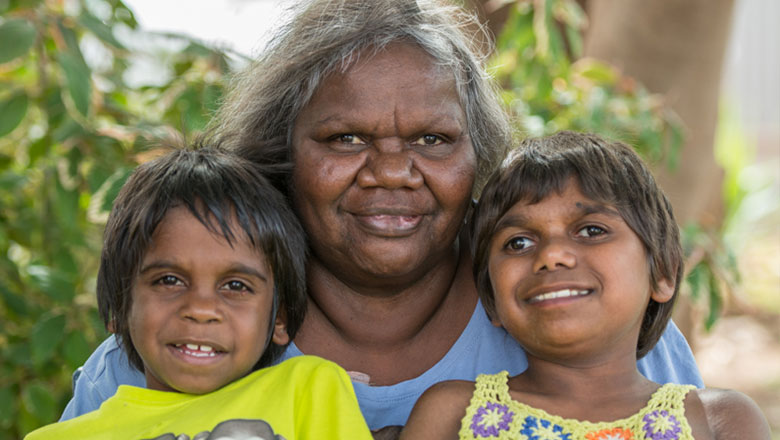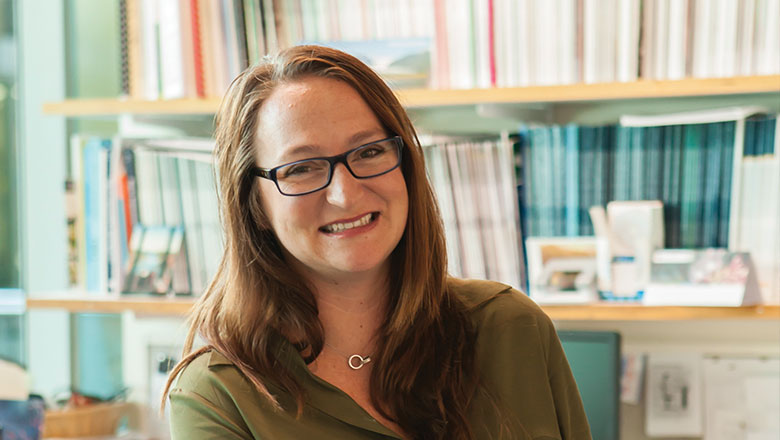Search
Research
‘Can you sleep tonight knowing that child is going to be safe?’: Australian community organisation risk work in child protection practiceRisk averse practice has dominated the child protection field for decades, with high-profile child deaths, ever-tightening surveillance, and regulation of families. In this context, the practice of social work as ‘risk work’ including the use of risk assessment tools has been subject to substantial scholarly investigation. Less attention has been paid to the community organisations that play a central role in supporting child protection-involved parents. Based on interviews with Australian community workers, we examine their negotiation of the parent support/parent risk dichotomy.
Research
Lessons learned in genetic research with Indigenous Australian participantsWe reflect on the lessons learned from a recent genome‐wide association study of rheumatic heart disease with Aboriginal Australian participants
Research
A psychometric evaluation of the Connor–Davidson Resilience Scale for Australian Aboriginal youthThere is a paucity of quantitative measures of resilience specifically validated for young Aboriginal people in Australia. We undertook the first investigation of validity and reliability of the Connor-Davidson Resilience Scale in a sample of Australian Aboriginal people, with a focus on youth. We conducted a cross-sectional study of resilience among a sample of 122 Aboriginal youth (15–25 years old) in New South Wales and Western Australia, featuring self-completes of the 10-item CD-RISC in online (N = 22) and face-to-face (N = 100) settings.

News & Events
EVENT: Aboriginal Health ForumFollowing our highly successful Open Space Forums in 2014, The Kids warmly invites you to our next forum on Aboriginal Health.
News & Events
Warburton Community book launchThe Kids Research Institute Australia Founding Director Professor Fiona Stanley will help launch a series of children's books on Monday, written by local Aboriginal people

News & Events
Gastro gap between Aboriginal and non-Aboriginal children shrinkingThe world's largest study of gastroenteritis trends in children has shown the disparity between Aboriginal and non-Aboriginal health may be improving.
News & Events
New Study Focuses on Teen Sex IssuesWestern Australian researchers are surveying secondary school students to find out what factors put young people at risk of unintended pregnancy.
News & Events
Report finds most programs ineffective for Aboriginal childrenThe largest survey ever undertaken of Aboriginal children and families has thrown new light on why most existing intervention programs are failing.
News & Events
High stress burden takes toll on Aboriginal childrenA landmark new report on the social and emotional wellbeing of Aboriginal children
News & Events
Aboriginal researcher receives Fiona Stanley MedalAboriginal researcher Annette Stokes has been awarded the Fiona Stanley Medal for her commitment to improving child health and wellbeing.
